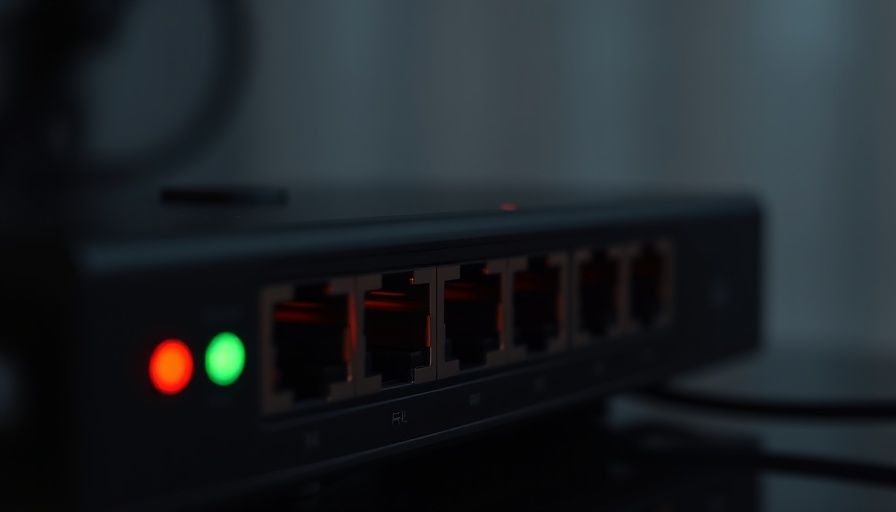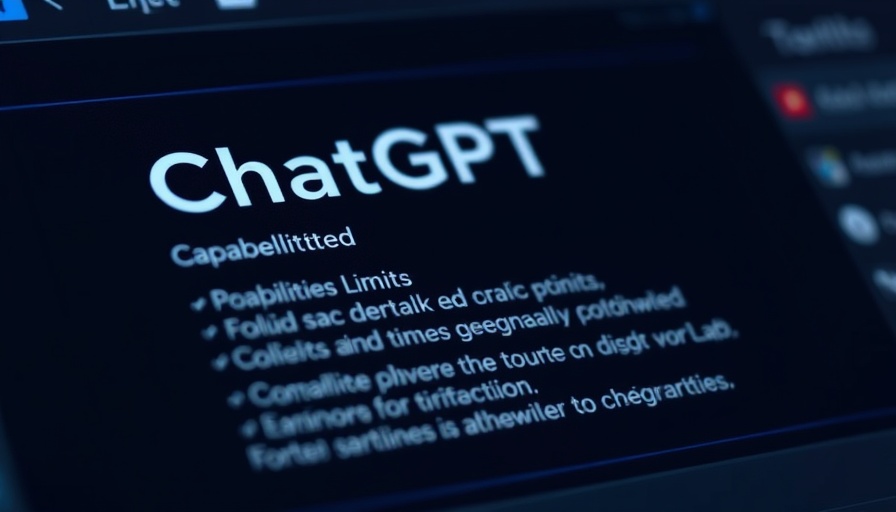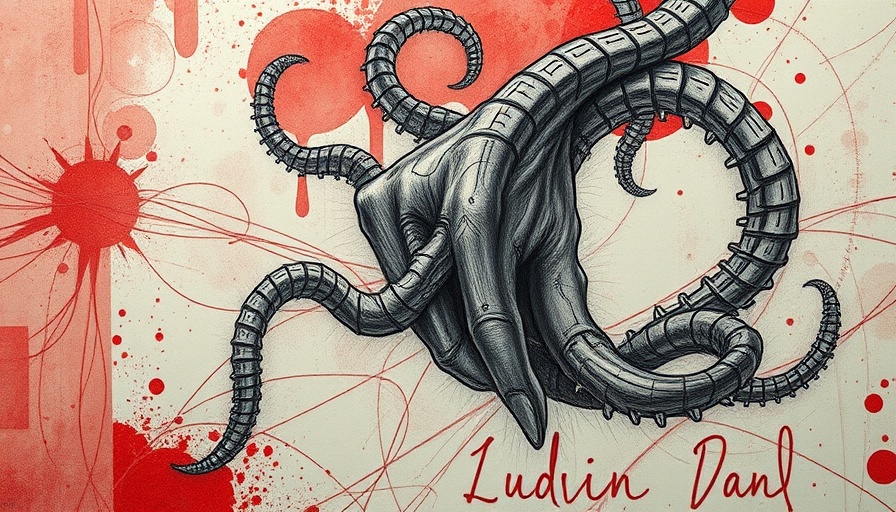
AI Investment Landscape: A Divergence in Strategies
As the landscape for artificial intelligence (AI) continues to expand, so does the approach that companies take to capture funding. Recently, CoreWeave and Anthropic have illustrated this divergence through contrasting funding strategies. CoreWeave, bolstered by Nvidia's backing, has made headlines by filing for an initial public offering (IPO), symbolizing a shift towards accessing public markets to fuel further growth. In contrast, Anthropic, supported by Amazon, has raised a staggering $3.5 billion, valuing the company at $61.5 billion in private markets. This juxtaposition encapsulates the current zeitgeist of AI investment strategies.
CoreWeave's Public Offering: A Bold Move
CoreWeave's decision to file for an IPO is a significant development within the AI sector, reflecting the company’s ambitions to scale up operations. The backing from Nvidia not only lends credibility but also suggests a strong belief in CoreWeave’s potential in the AI compute space. By entering public markets, CoreWeave aims to tap into the increasing investor enthusiasm for tech and AI, potentially unlocking vast resources for growth and development. Moreover, public offerings can serve as a powerful tool to solidify a company’s market presence and attract talent and partnerships.
The Power of Private Valuations: Anthropic's Strategic Raise
On the other side, Anthropic has opted to leverage the advantages of private funding to raise an impressive $3.5 billion. This move allows the company to avoid the volatility often associated with public markets while still accessing significant funds for research and development. Valuating at $61.5 billion places Anthropic among the echelons of the tech giants, allowing it to compete fiercely in the rapidly evolving AI marketplace. This reflects a broader trend where private funding remains robust, fostering innovation without the immediate pressures of public ownership.
The Role of AI Enthusiasm in Investment Trends
The contrasting approaches of CoreWeave and Anthropic demonstrate the diverse pathways companies can take within the AI domain. Investors’ appetite for AI technologies continues to grow, catalyzed by advancements that promise transformative shifts across industries. As highlighted in markets, the fusion of AI with sectors such as healthcare, finance, and entertainment is driving considerable investments—setting the stage for a competitive future landscape.
Future Predictions: What Lies Ahead for AI Investments
Looking ahead, the question looms: what will the future hold for AI companies in light of the distinct funding routes being taken? The dichotomy of public versus private funding may influence market dynamics extensively. While public offerings like CoreWeave's may empower companies to capitalize on widespread interest and establish dominant market positions, private funding routes like Anthropic's could foster more innovation-driven strategies, enhancing the risk appetite for creative projects. The outcome of these movements will be critical in shaping the future of AI development.
Conclusion: Navigating the AI Investment Horizon
The contrasting money-raising strategies exhibited by CoreWeave and Anthropic not only reflect their individual corporate philosophies but also signal broader trends in the AI investment landscape. As AI enthusiasts, staying informed about these developments is essential. With the significant investments pouring into the sector, the subsequent advancements will undoubtedly reshape technology as we know it. Understanding these patterns gives insights into future technologies and their impact on society.
To stay updated on the dynamic realm of AI and its implications, explore the latest news and advancements in our extended coverage and analyses. Don’t miss out on vital information shaping the future of technology!
 Add Row
Add Row  Add
Add 




 Add Row
Add Row  Add
Add 

Write A Comment